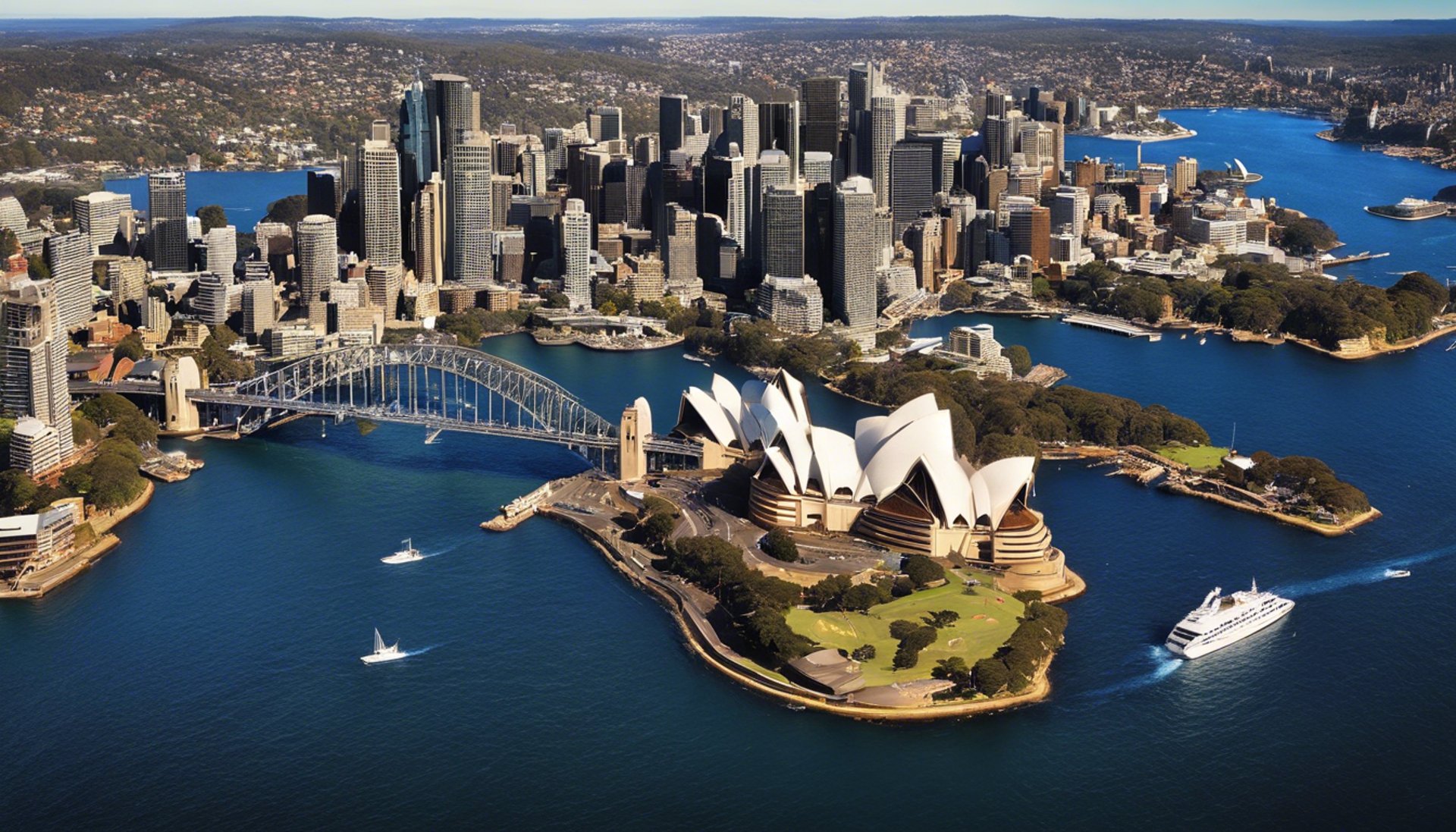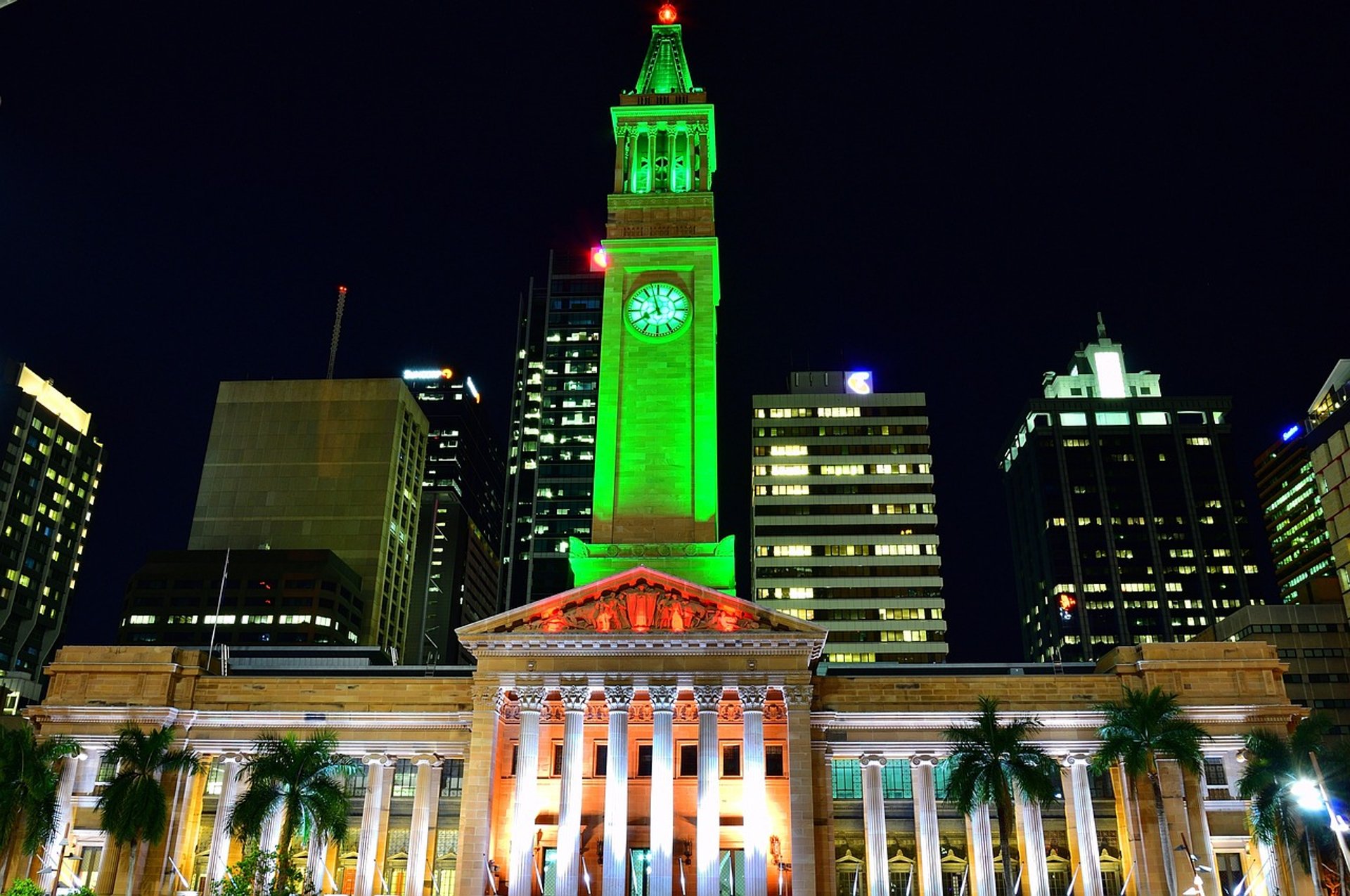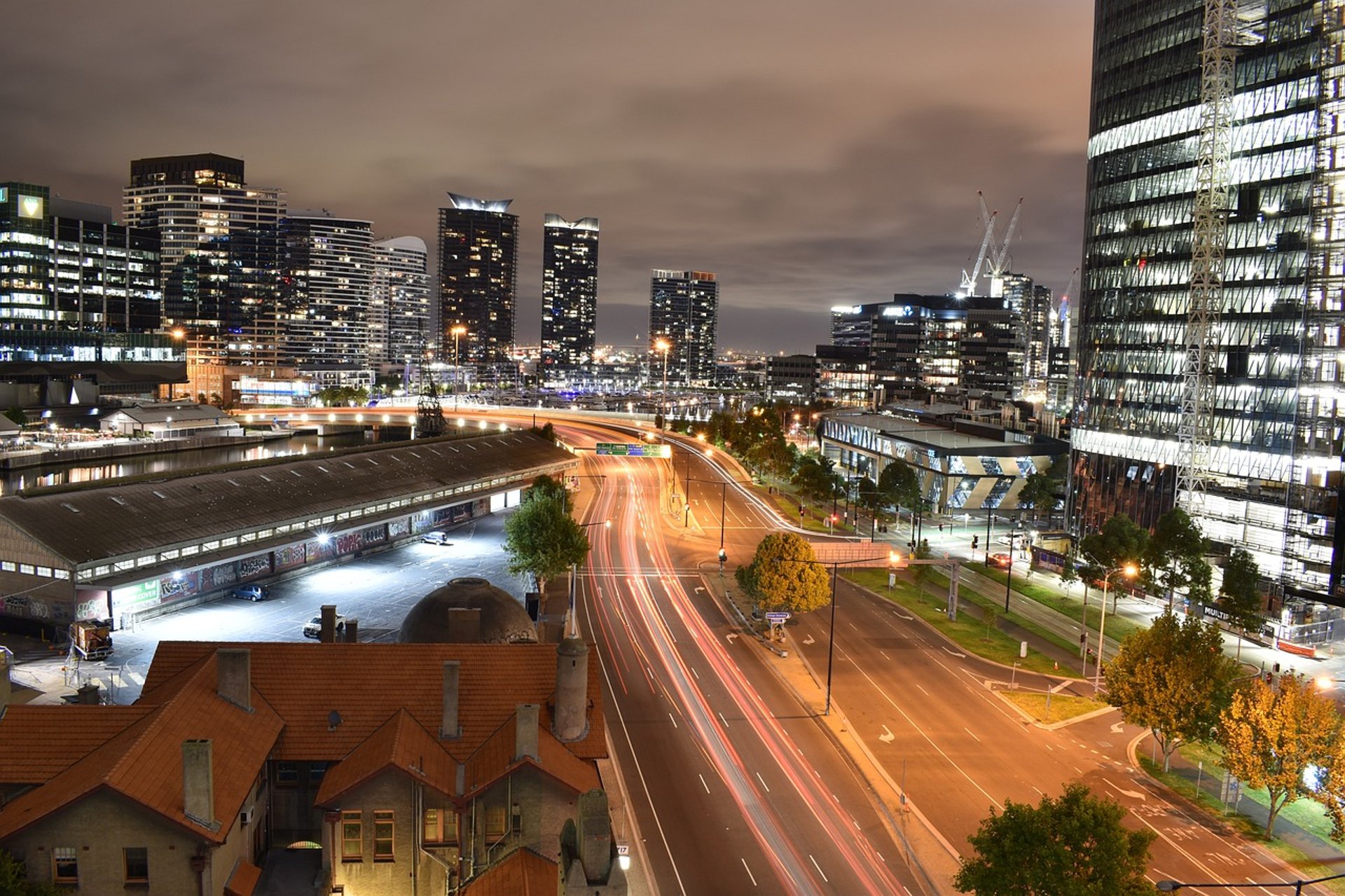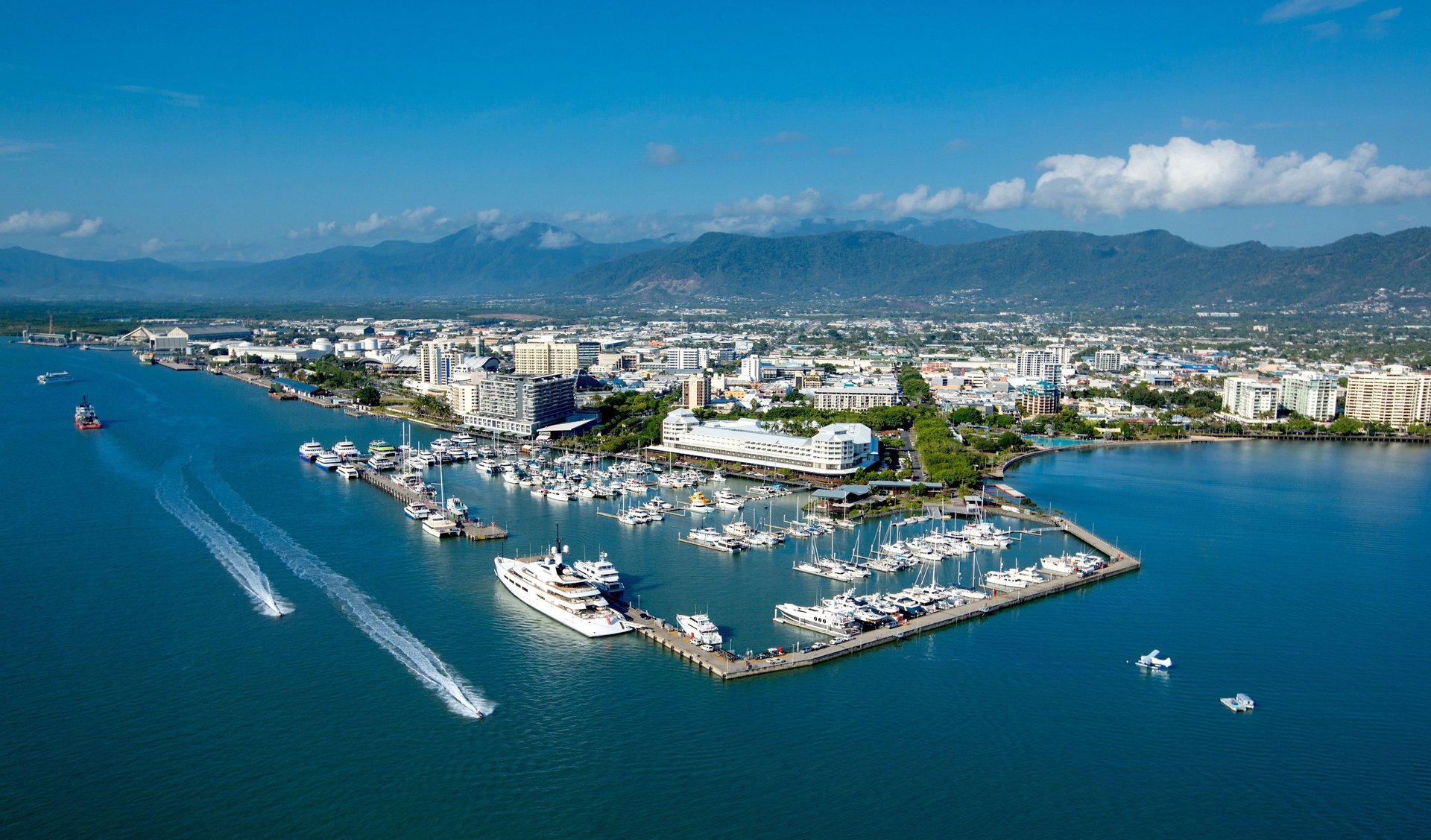Australia
Unique Wildlife:
Australia is home to a diverse range of unique wildlife, including the kangaroo, koala, platypus, and Tasmanian devil. Over 80% of Australia's mammals, reptiles, frogs, and flowering plants are endemic, meaning they are found nowhere else on Earth.
Desert Landscape:
Despite being known for its beautiful beaches, around 70% of Australia is arid or semi-arid desert. The Outback, a vast, remote interior region, is sparsely populated and known for its rugged terrain and unique ecosystems.
Uluru: Uluru
(also known as Ayers Rock) is one of Australia’s most iconic natural landmarks. This massive sandstone monolith is located in the Northern Territory and is sacred to the local Anangu people. It changes color dramatically at different times of the day, especially at sunrise and sunset.
Diverse Climate: Australia experiences a wide range of climates, from tropical rainforests in the north to temperate regions in the south and arid deserts in the centre. This diversity contributes to its varied ecosystems and rich biodiversity.
Wine Production:
Australia is one of the world’s leading wine producers. The country has over 60 designated wine regions, including the famous Barossa Valley, Hunter Valley, and Margaret River, known for producing high-quality wines, especially Shiraz and Chardonnay.
Sporting Nation:
Australians are passionate about sports. Cricket, Australian Rules Football, rugby, and soccer are extremely popular. The country has also hosted the Summer Olympics twice, in Melbourne (1956) and Sydney (2000).



Want to get the best out of Sydney? Read on for inspiration
The Coat Hanger Bridge:
The Sydney Harbour Bridge is affectionately nicknamed "The Coat Hanger" due to its arch-based design. Interestingly, it’s the largest steel arch bridge in the world, but not the longest.
Underground Life:
Beneath the Sydney CBD (Central Business District) lies a network of abandoned railway tunnels. These tunnels, known as the "St James Tunnels," were initially built for a never-completed transport system and are now sometimes used for tours and film sets.
Man-Made Reef:
The city is home to a man-made reef. The Coogee Artificial Reef was created by sinking around 50 purpose-built concrete structures in the early 2000s to promote marine life in the area.
Legal Graffiti:
Sydney has a legal graffiti wall at Bondi Beach. This iconic wall allows artists to express their creativity legally and has become a tourist attraction in its own right.
Hidden Oasis:
Wendy’s Secret Garden, located in Lavender Bay, is a beautiful hidden garden created by Wendy Whiteley, the widow of famous Australian artist Brett Whiteley. It’s a tranquil spot that many locals and tourists stumble upon by chance.
The Great Emu War:
While not exclusive to Sydney, the city does commemorate the bizarre "Great Emu War" of 1932. This unusual historical event involved soldiers using machine guns to cull emus wreaking havoc on crops in Western Australia. The emus won, leading to one of the most peculiar chapters in Australian history.

Something a bit more laid back: Try Brisbane
World's Largest Koala Sanctuary:
Brisbane is home to the Lone Pine Koala Sanctuary, the world's oldest and largest koala sanctuary. Established in 1927, it houses over 130 koalas and allows visitors to hold and cuddle these adorable marsupials.
Subtropical Climate:
Brisbane enjoys a subtropical climate with hot, humid summers and mild, dry winters. This climate allows for a year-round outdoor lifestyle, contributing to the city's vibrant atmosphere.
City on a River:
The Brisbane River, which meanders through the heart of the city, plays a central role in Brisbane's layout and culture. The river is used for transportation, recreation, and major events such as the annual Riverfire fireworks display.
Artificial Beach:
Brisbane boasts a unique man-made beach in the heart of the city. Streets Beach, located in the South Bank Parklands, features a sandy shoreline, palm trees, and a lagoon-style swimming area, providing a tropical beach experience without leaving the city.
Ekka
The Royal Queensland Show, commonly known as the Ekka, is Brisbane's largest annual event. Held every August, it features agricultural displays, rides, entertainment, and the famous "Ekka strawberry sundae," attracting hundreds of thousands of visitors.
Queen Street Mall
One of the busiest pedestrian malls in Australia, Queen Street Mall is a shopping haven with over 700 retailers. It’s not only a commercial hub but also a venue for street performers, events, and cultural activities.

Introducing Melbourne
Laneway Culture
Melbourne is famous for its intricate network of hidden laneways that house a vibrant culture of street art, boutique shops, and eclectic cafes. Hosier Lane is one of the most iconic spots for street art enthusiasts.
Coffee Capital
Melbourne is often considered the coffee capital of the world. The city's coffee culture is so strong that it boasts more cafes per capita than anywhere else in the world, and Melbourne baristas are known for their skill and innovation.
World’s Largest Urban Tram Network:
Melbourne has the largest urban tram network in the world, with over 250 kilometres of track and more than 490 trams in service.
Weather Variety
Melbourne is famous for its unpredictable weather, often experiencing "four seasons in one day." This unique climate phenomenon is due to the city’s location between hot inland areas and the cool southern ocean.
Home of Vegemite
The iconic Australian spread, Vegemite, was invented in Melbourne in 1922 by Dr. Cyril Percy Callister, a chemist employed by the Fred Walker Company.
Eureka Tower
The Eureka Tower is one of the tallest residential buildings in the world, with its Skydeck offering stunning views of the city. Its top 10 floors are plated with 24-carat gold, making it gleam in the sunlight.
Flinders Street Station:
Opened in 1910, Flinders Street Station is Melbourne's most iconic building and was the busiest passenger station in the world in the 1920s.
First Traffic Lights in Australia
Melbourne was the first city in Australia to install traffic lights. The first set was installed at the intersection of Collins Street and Swanston Street in 1928.

Go West To Perth
Perth is the World's Most Isolated Capital City
Perth is often cited as the most isolated capital city in the world. The nearest city of over a million people is Adelaide, which is about 2,100 kilometres (1,300 miles) away.
Sunniest Capital City in Australia
Perth enjoys more sunny days than any other Australian capital, with an average of 8.8 hours of sunshine per day. That’s more than 3,200 hours of sunshine annually!
Kings Park: One of the World's Largest Urban Parks
Kings Park in Perth is one of the largest inner-city parks in the world, even larger than New York's Central Park. It covers 400 hectares and offers stunning views of the city and Swan River.
Perth's Tides are Among the World's Lowest
The difference between high and low tide in Perth is only about 0.6 meters (2 feet) on average, which is one of the smallest tidal ranges for any major coastal city.
The Longest Airplane Flight from Perth
Perth is the starting point for one of the world's longest nonstop commercial flights. Qantas operates a direct flight from Perth to London, covering about 14,498 kilometres (9,009 miles) in just over 17 hours.
Same Time Zone as Singapore and Beijing
Despite being on the west coast of Australia, Perth shares the same time zone as Singapore and Beijing (UTC+8), which is quite unusual given its location in Australia.

Into The Tropics - Darwin
Darwin is Closer to Asia than to Some Australian Cities
Darwin is closer to the capitals of five other countries (Dili in East Timor, Jakarta in Indonesia, Bandar Seri Begawan in Brunei, Port Moresby in Papua New Guinea, and Singapore) than it is to Canberra, the capital of Australia.
The Wettest and the Most Lightning-Prone Capital City in Australia
Darwin experiences a tropical climate with a distinct wet season, during which it receives most of its annual rainfall. It also has the most lightning strikes of any Australian capital city, earning it the nickname “Lightning Capital of Australia.”
Twice Rebuilt
Darwin has been completely rebuilt twice in its history: once after the Japanese bombings in World War II in 1942, and again after Cyclone Tracy, which devastated the city on Christmas Eve in 1974. Cyclone Tracy destroyed more than 70% of the city’s buildings.
Crocodiles are Everywhere
Darwin is known for its large population of saltwater crocodiles, and it’s not uncommon to find them in and around the city’s waterways. The Crocosaurus Cove in Darwin even allows visitors to swim in a glass cage just inches away from these formidable reptiles in an experience called the "Cage of Death."
Home to Australia’s Oldest Indigenous Cultures
The Northern Territory, including Darwin, is home to some of the oldest continuous cultures in the world. Aboriginal people have lived in this region for over 60,000 years, and their art, stories, and culture are deeply woven into the fabric of the area.
World War II Connection
Darwin was the site of the largest single attack ever mounted by a foreign power on Australia. On February 19, 1942, Japanese forces launched air raids on Darwin, killing hundreds and causing widespread destruction. The attack was more devastating than the attack on Pearl Harbour in terms of bombs dropped.

Gateway To The Great Barrier Reef - Cairns
Rainforest Meets the Reef
Cairns is one of the few places in the world where two UNESCO World Heritage sites sit side by side: the Great Barrier Reef and the Wet Tropics Rainforest. This unique geography offers a rare combination of marine and tropical rainforest experiences.
The Saltwater Swimming Lagoon
Cairns Esplanade Lagoon is a large, man-made saltwater swimming pool located right in the city’s heart. It’s a popular spot for both locals and tourists, especially since swimming in the ocean is often discouraged due to jellyfish and crocodiles.
No Beaches in the City
Unlike many tropical destinations, Cairns itself doesn’t have a natural beach. Instead, the coastline near the city is lined with mangroves. The closest beach is about 15 minutes away by car.
Cairns is the Butterfly Capital of Australia
The nearby Kuranda Rainforest is home to the Australian Butterfly Sanctuary, the largest butterfly aviary in the country. Cairns is known for its vibrant butterfly population, especially the iconic electric blue Ulysses butterfly.
Cairns’ Dangerous Jellyfish Season
The waters off Cairns are home to the deadly box jellyfish and the tiny, yet extremely venomous, Irukandji jellyfish. These stingers are prevalent from November to May, during what is known as “stinger season,” making swimming in the ocean dangerous without protective gear.
Host to One of the World's Oldest Continually Used Harbours
The Port of Cairns has been in use since the late 1800s and remains a vital hub for tourism, fishing, and shipping. It’s one of the oldest continuously operating harbours in Australia, crucial for connecting remote parts of Far North Queensland.

Capital Canberra
Unique Climate
Canberra experiences more extreme temperatures than most Australian capitals due to its inland location and higher elevation. Winters can be quite cold, with frosty mornings and occasional snowfall, while summers are hot and dry.
The Nation's Largest Flower Festival
Floriade, held annually in Canberra, is the largest flower festival in the Southern Hemisphere. It showcases over a million blooms in Commonwealth Park, attracting hundreds of thousands of visitors each year during the spring.
No Skyscrapers
Unlike other major Australian cities, Canberra has no skyscrapers due to strict height restrictions. The tallest building is only about 90 meters (295 feet) tall. The city’s skyline is deliberately kept low to preserve views of Parliament House and the surrounding mountains.
Parliament House is Built into a Hill
The current Australian Parliament House, opened in 1988, is architecturally unique because it is built into Capital Hill. Visitors can walk on the grass above the building, symbolizing that the government is "under the people."
A Hotbed for Public Art
Canberra is home to an impressive amount of public art, with sculptures, murals, and installations scattered throughout the city. The city's government has actively promoted public art to enhance the cultural landscape.
Australia’s Bush Capital
Known as the "Bush Capital," Canberra is surrounded by native bushland, and even within the city, green spaces and nature reserves are plentiful. Nearly half of the Australian Capital Territory (ACT) is reserved as parks and nature reserves.

